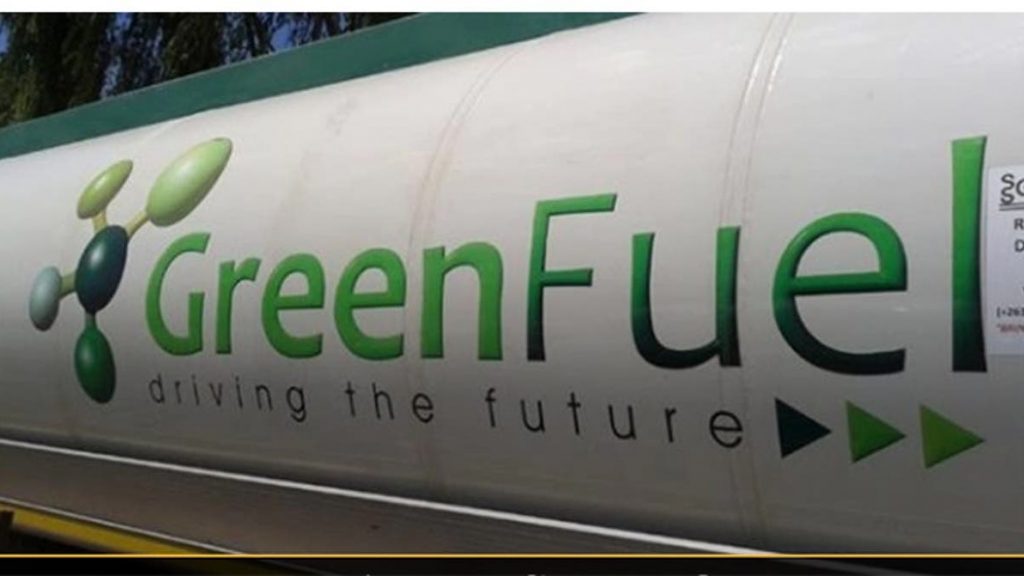The Global Maritime Forum and RMI (founded as the Rocky Mountain Institute), under Mission Innovation’s umbrella, released a report outlining strategies for ports to become first movers in providing green methanol and ammonia bunkering.
The report provides insights into the sources of green methanol and ammonia that could be available to the shipping industry and how ports can secure supply to meet the International Maritime Organization’s (IMO) target of at least 5% use of zero-emission fuels by 2030.
As the maritime industry transitions towards decarbonization, there will be significant changes in the sourcing and distribution of marine fuels. The report finds that the low cost of transporting green methanol and ammonia, which are produced from green hydrogen, will lead to extensive trade linking low-cost production regions to key ports. Policy support for green shipping fuels has the potential to significantly impact a country or region’s position in this burgeoning hydrogen economy.
The study anticipates different supply dynamics for green ammonia and green methanol as production ramps up this decade. Developments in green methanol production suggest the supply of the fuel could be concentrated in major bunkering hubs and at European ports.
In contrast, the study finds there could be global green ammonia trade, with long-distance transport of the fuel to key bunkering hubs from projects in low-cost production regions including the United States, South America, Australia, and Sub-Saharan Africa.
While there should be more than enough green ammonia to supply first-mover ports by 2030, competition for the lowest cost volumes may be fierce and reward those able to move early in securing supply.
As they make plans to meet the IMO’s target for at least 5% of international shipping’s fuel to be zero- or near-zero emission by 2030, ports can play a crucial role in facilitating the adoption of zero-emission fuels this decade.
The study identifies four groups or “archetypes” of ports that could emerge in the transition, defined by common opportunities, challenges, and actions required to develop green methanol or ammonia bunkering. Based on the examples of Singapore, Algeciras, Corpus Christi, Seattle & Tacoma, and Rotterdam, the report provides tailored recommendations for how ports in each group pioneers in the decarbonization of the industry can be. The archetype framework is expected to help ports build strategies for implementing green methanol or ammonia bunkering.
Tags: Ammonia, Bunkering, IMO, Methanol, Port Strategies, RMI



Recent Posts
Robert Allan Ltd. to Design Fully Electric AmpRA 3600 Tug for Tianjin Port
U-Ming Marine Conducts First Bunkering of FAME B24 Biofuel
DNV Validates Electric Hydrogen’s HYPRPlant for Safety, Efficiency and Commercial Readiness
Nepal Eyes Green Hydrogen Future with Policy Push and Hydropower Potential
India Tests First Hydrogen-Powered Rail Coach at ICF Chennai
Scandlines Nears Delivery of Zero Emissions Ferry Following Successful Sea Trials
India faces emission roadblocks with rising net-zero demands
Green Energy Resources invests in two electric Liebherr LHM 550